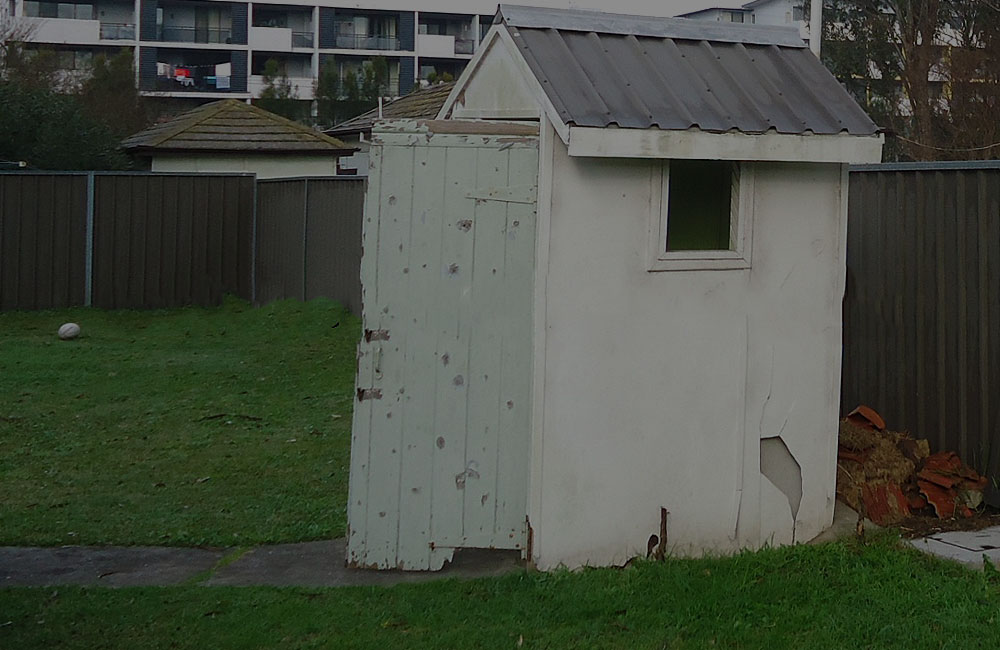Forms of Asbestos
-
Chrysotile (White Asbestos)
- Most commonly used type of asbestos.
- Features: White color, fine, silky fibers.
- Usage: Roofing, ceiling, walls, and floors.
-
Amosite (Brown Asbestos)
- Often found in cement sheets and pipe insulation.
- Features: Straight, brown, and brittle fibers.
- Usage: Thermal insulation products, ceiling tiles.
-
Crocidolite (Blue Asbestos)
- Known for its excellent resistance to chemicals and high tensile strength.
- Features: Thin, straight fibers with a blue color.
- Usage: Steam engines, pipe insulation, and spray coatings.
-
Anthophyllite, Tremolite, and Actinolite
- Less commonly used but also dangerous.
- Features: Range in color from white to dark brown.
- Usage: Limited commercial applications.
Appearance in Materials
- Insulation: Often fluffy, loose, or can be in rigid forms.
- Tiles: May contain asbestos, especially those that are 9”x9”.
- Sheeting: Can be flat or corrugated and is rigid and slightly brittle.
- Pipes: Lagging on pipes or boilers might contain asbestos.
- Textured Coatings: Applied to ceilings and walls.
- Asbestos Cement: Typically gray, used in various constructions.
Safety Precautions
Identifying asbestos can be complex, and its fibers are not visible to the naked eye when airborne. Hence, materials that are suspected to contain asbestos should be treated with caution, and professional assistance should be sought for handling or removal to minimize health risks.
Remember
If you think you've identified asbestos:
- Do Not Disturb It: Asbestos is most dangerous when it’s airborne.
- Seek Professional Help: Only licensed asbestos professionals should manage asbestos-containing materials.





